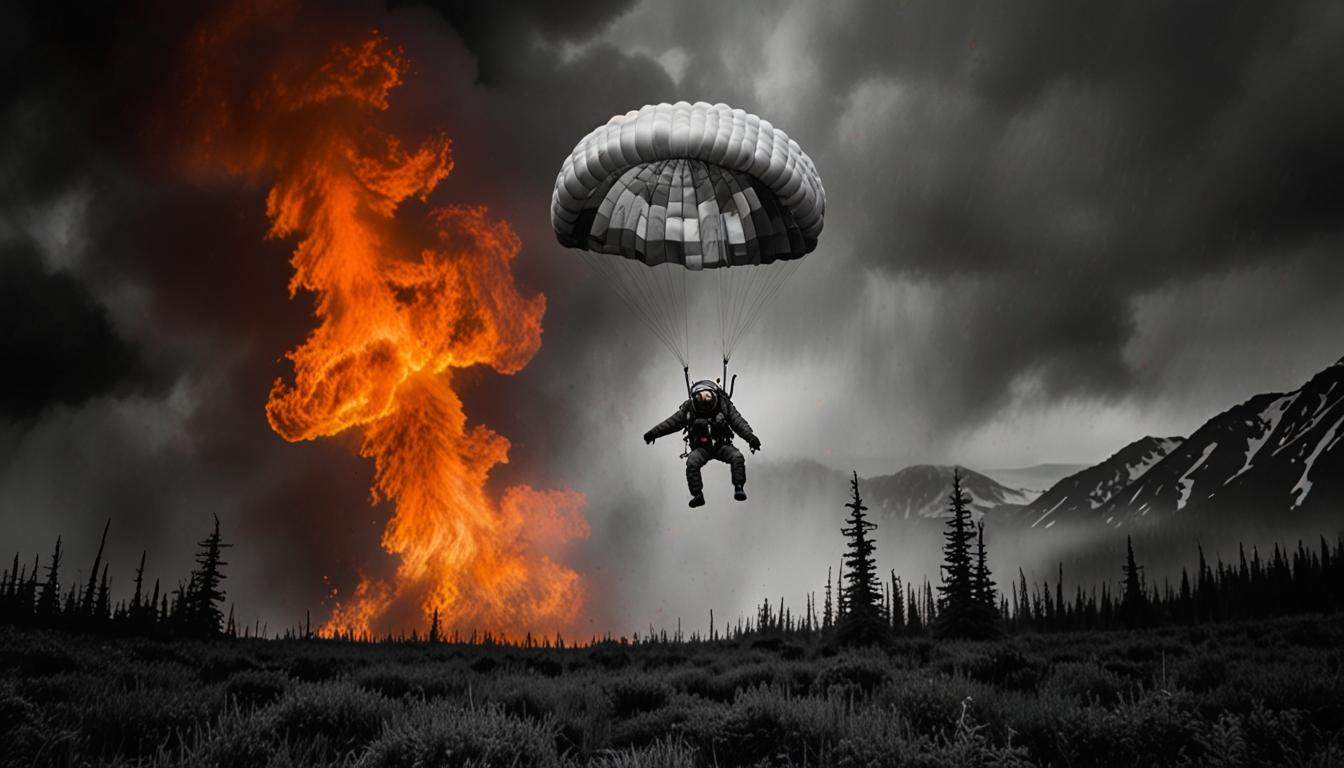Alaska’s smokejumpers are now focusing on safeguarding the permafrost in the Yukon Flats National Wildlife Refuge to prevent accelerated climate change due to wildfires, marking a significant shift in firefighting priorities.
In a pioneering initiative, Alaska’s elite firefighters, called smokejumpers, are now being deployed to protect the state’s permafrost from wildfires. Historically, these firefighters parachuted into remote areas to tackle fires threatening human lives and property. However, their current mission is to combat fires that pose a risk to Alaska’s permafrost, located in the Yukon Flats National Wildlife Refuge.
The permafrost, a layer of permanently frozen ground, is crucial for maintaining climate stability. Increasing wildfires threaten to thaw this ancient, carbon-rich ground, potentially accelerating climate change. Dr. Brendan Rogers from the Woodwell Climate Research Center highlighted the importance of prioritizing carbon and permafrost in wildfire management.
This new strategy designates 1.6 million acres in the refuge as a priority for firefighting, a significant shift from traditional methods. Smokejumpers must act within 72 hours to contain fires and are supported by amphibious aircraft.
This approach stems from observations in 2019 when increased fire activity in the region prompted the need for new measures. Alaska, warming faster than the global average, faces funding challenges, receiving less than 4% of the federal resources for fire management. Moving forward, maintaining historical carbon emission levels due to wildfires involves annual costs nearing $700 million.
